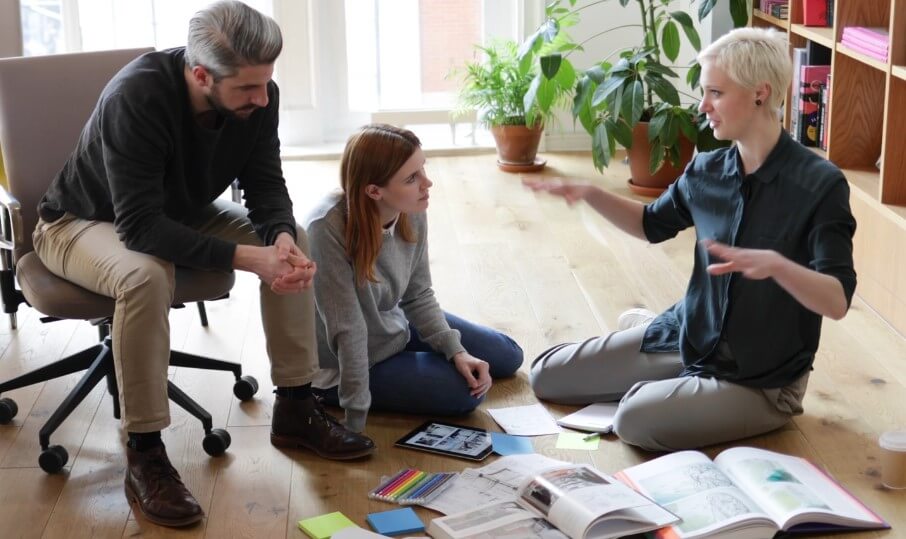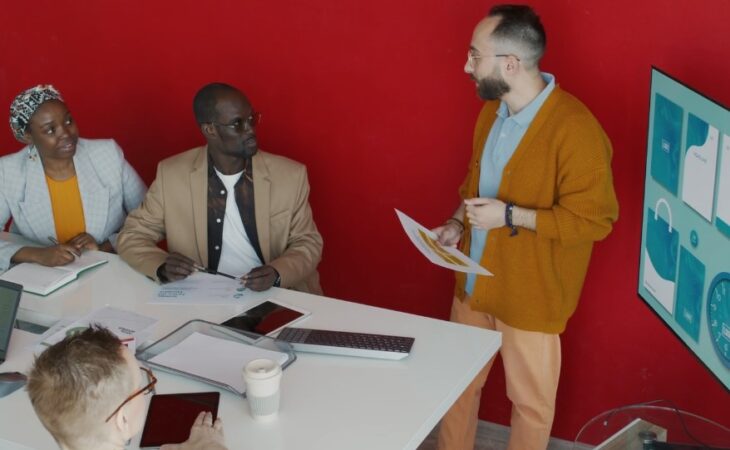Agile can unlock serious potential. Speed. Flexibility. Impact. But if you’ve ever watched a once-motivated team start missing deadlines, dragging into stand-ups, or quitting altogether, you know the other side of it. Agile done wrong burns people out.
The challenge? Most teams aren’t failing because they lack skill or dedication. They’re overwhelmed, poorly supported, or sprinting with no time to breathe. Building an agile team that actually lasts means playing the long game.
It’s not about squeezing every ounce of productivity from the first sprint – it’s about setting a sustainable rhythm that delivers value without grinding people down.
Let’s look at how you can build an agile team that thrives – and stays that way.
A Quick Look
| Strategy | Goal |
| Patience with team growth | Prevent early-stage frustration |
| Clear roles | Avoid confusion and overload |
| Cross-functional skills | Reduce bottlenecks and build resilience |
| Stable teams | Strengthen cohesion and trust |
| Smart engineering practices | Eliminate unnecessary stress |
| Constructive feedback culture | Promote improvement without blame |
| Trust and collaboration | Create safety and ownership |
| Ongoing training | Boost confidence and reduce mistakes |
| Work-life balance | Keep people healthy and committed |
Strategy 1: Be Patient With Team Growth

Agile loves speed, but team development doesn’t happen overnight.
The model from Bruce Tuckman – forming, storming, norming, performing – still holds up. Real teams take time. They need space to get to know each other, build trust, and find their rhythm.
If you rush this, you’ll burn people out trying to hit “performing” mode before they’ve even figured out how to work together.
Practical tip: Before your first sprint, schedule an informal session where everyone shares their work habits, pet peeves, and expectations, or use an essay generator to capture reflections efficiently for newcomers.
Strategy 2: Make Roles Crystal Clear
Nothing builds stress faster than not knowing who’s doing what – or doing someone else’s job by accident.
Every agile team needs three role anchors:
| Role | Core Responsibility |
| Product Owner | Owns the vision, backlog, and value prioritization |
| Scrum Master | Keeps agile rituals flowing and removes blockers |
| Dev Team | Cross-functional builders of the product (designers, coders, testers, etc.) |
When roles aren’t clear, tasks slip through the cracks, or someone ends up carrying more than their share. Over time, that builds resentment, burnout, and churn.
Practical tip: Make roles visible. Write them down. Pin them to your team wiki or Notion page. Review them quarterly to check for drift.
Strategy 3: Share Skills Across the Team

When only one person knows how to deploy, or write tests, or talk to the client – that person becomes the bottleneck. And they feel it.
Cross-functional doesn’t just mean having multiple roles on a team. It means creating overlaps in skillsets, so no one person becomes irreplaceable.
That protects your team from panic during vacations, illnesses, or crunch time.
Practical tip: Try low-pressure skill swaps: pair programming, peer reviews, or rotating sprint leads. Encourage curiosity over expertise.
Strategy 4: Keep the Team Together
Shuffling people in and out might seem like a way to “spread knowledge” or “optimize resourcing,” but every time you change the team makeup, you reset the group dynamic.
That means back to square one. More forming. More storming. More emotional energy spent learning how to work together instead of doing the work.
Practical tip: Avoid unnecessary rotation. If someone has to leave, onboard their replacement gradually. Let them shadow for a sprint instead of throwing them into the fire.
Strategy 5: Practice Smart Engineering

Some stress is avoidable. The rest comes from last-minute fires, clunky processes, or massive tech debt.
Good engineering practices give your team breathing room. They reduce errors, cut down rework, and eliminate that constant sense of being “behind.”
Key Habits to Build
- Code reviews to share decision-making and catch issues early
- Continuous integration to avoid massive merge conflicts
- Frequent releases to prevent all-nighters before go-live
Practical tip: Start small. Set up a daily check-in pipeline or switch to weekly releases. Celebrate when fewer bugs ship, not just when new features go out.
Strategy 6: Make Feedback Safe and Useful
Agile feeds on feedback. But too much, too soon, or too unfiltered can overwhelm people.
Retrospectives aren’t vent sessions – they’re tools for continuous improvement. They work best when they’re structured, focused, and kind.
Practical tip: Avoid blame games. Keep the tone positive. Always leave with one or two action items, not a laundry list.
Strategy 7: Build Real Trust
Agile can’t work without trust. People need to know they can speak up, take risks, ask questions – and that others will have their back.
That kind of trust doesn’t happen because you say “we’re agile.” It happens through repeated experience: giving feedback and being thanked, missing a deadline and not being shamed, sharing a blocker and getting help.
Practical tip: Create rituals that promote trust – not just productivity. Casual chats. Anonymous surveys. Slack channels for shout-outs. It all adds up.
Strategy 8: Don’t Skimp on Training and Mentorship
Agile assumes a level of independence. But people can’t work autonomously if they’re unsure what’s expected or how to improve.
Give your team the tools to succeed. That means formal training and real mentorship.
Certifications like Certified Scrum Master (CSM) or Certified Product Owner (CPO) can help. So can pairing junior team members with senior ones for shadowing and debriefs.
Practical tip: Set aside budget and time for professional development. Block out hours for internal knowledge sharing, not just external courses.
Strategy 9: Make Work-Life Balance a Priority

Burnout doesn’t show up all at once. It creeps in when people stop logging off, skip vacations, or feel guilty for not checking Slack after dinner.
Agile’s fast pace can make rest feel like a luxury. It’s not. It’s essential.
Practical tip: Normalize unplugging. Encourage breaks. If someone’s working late consistently, find out why – and fix the root cause.
The Hidden Burnout Traps in Agile Teams
Before fixing the problem, it helps to spot where the cracks usually start. Agile teams face some unique burnout risks:
- Frequent change can feel chaotic if the team’s not anchored in clear priorities.
- Short cycles can turn into pressure cookers, especially when the goal is always “deliver more, faster.”
- Blurred boundaries make it easy for work to bleed into personal time – especially in remote or hybrid setups.
- Poor team dynamics (like lack of trust or unequal workloads) can leave people feeling alone or overburdened.
Even high-performing employees are vulnerable. Those who are both engaged and stressed are more likely to burn out – and eventually walk away.
It’s not just about work hours. It’s about how work feels. That’s where structure, support, and smart leadership come in.
Summary
You don’t have to choose between performance and well-being. With the right habits, structure, and culture, agile teams can do great work – and still feel like humans at the end of the day.
Agile isn’t about moving faster at any cost. It’s about moving smarter, together. Build that kind of team – and burnout won’t stand a chance.


